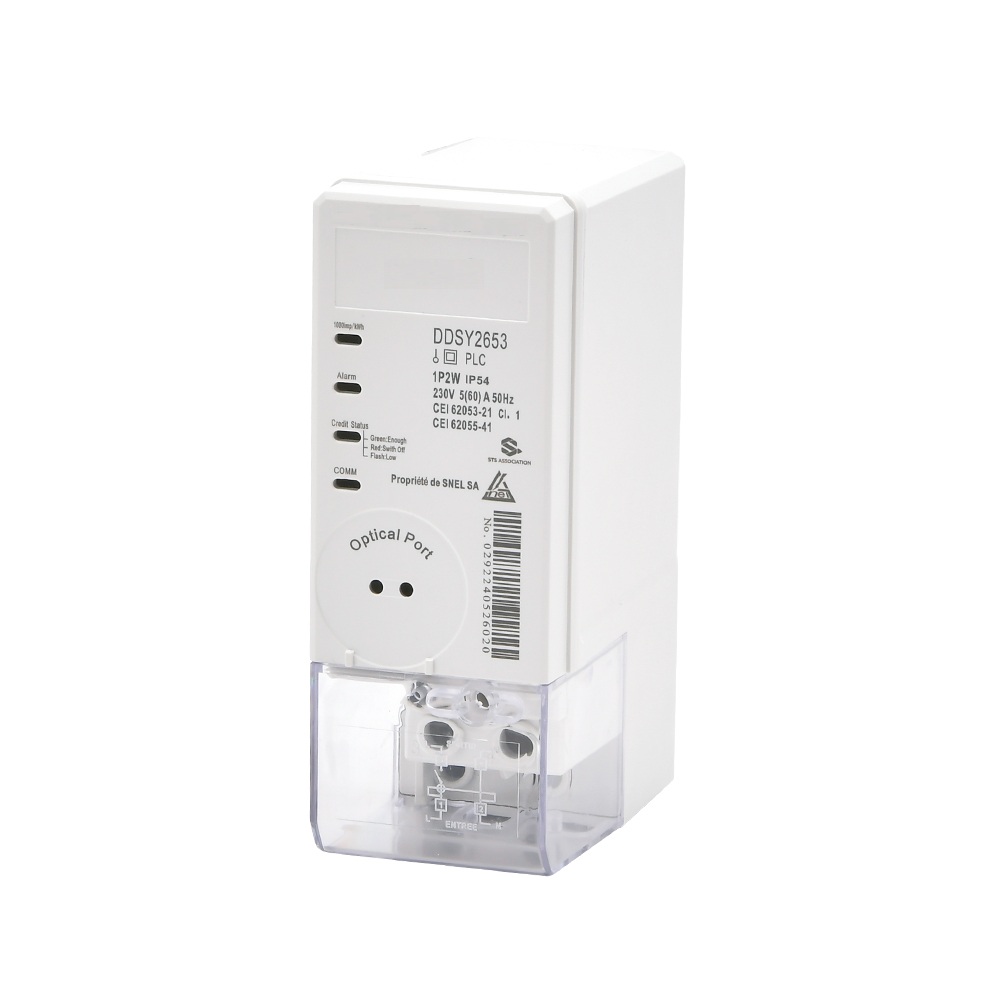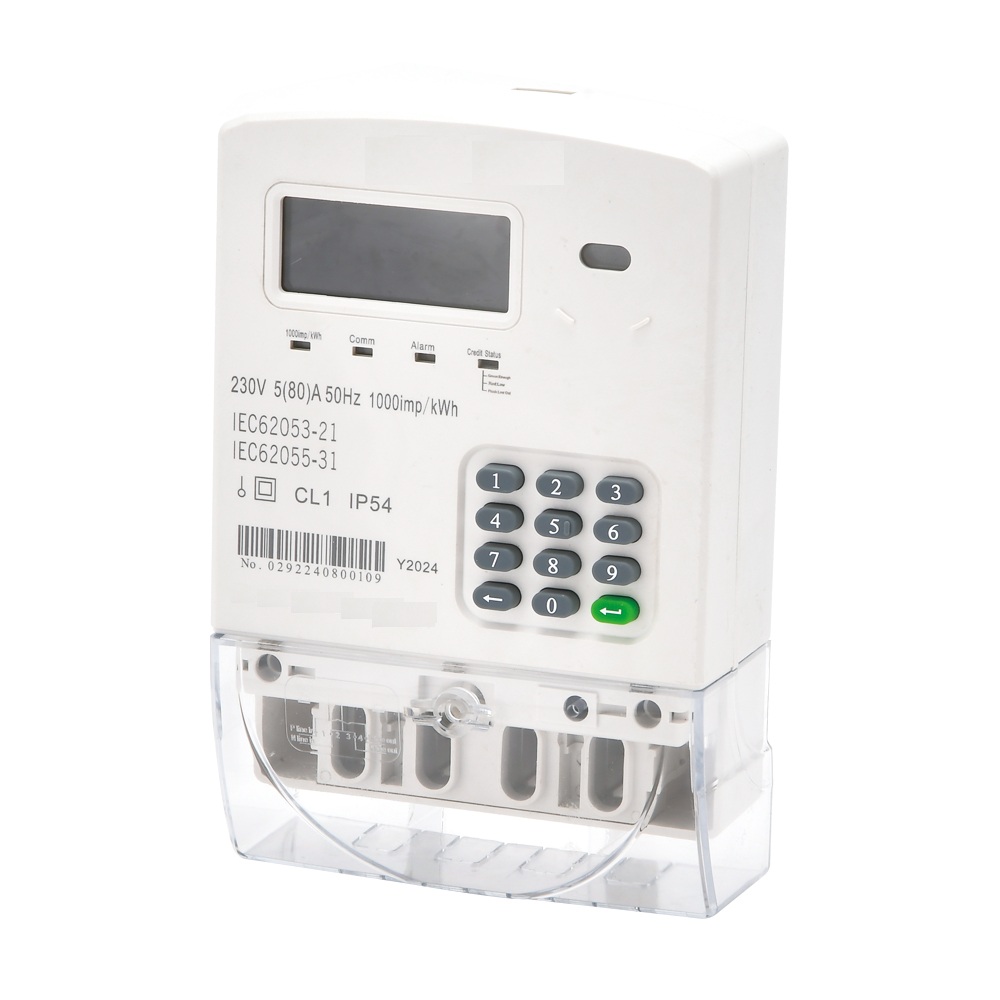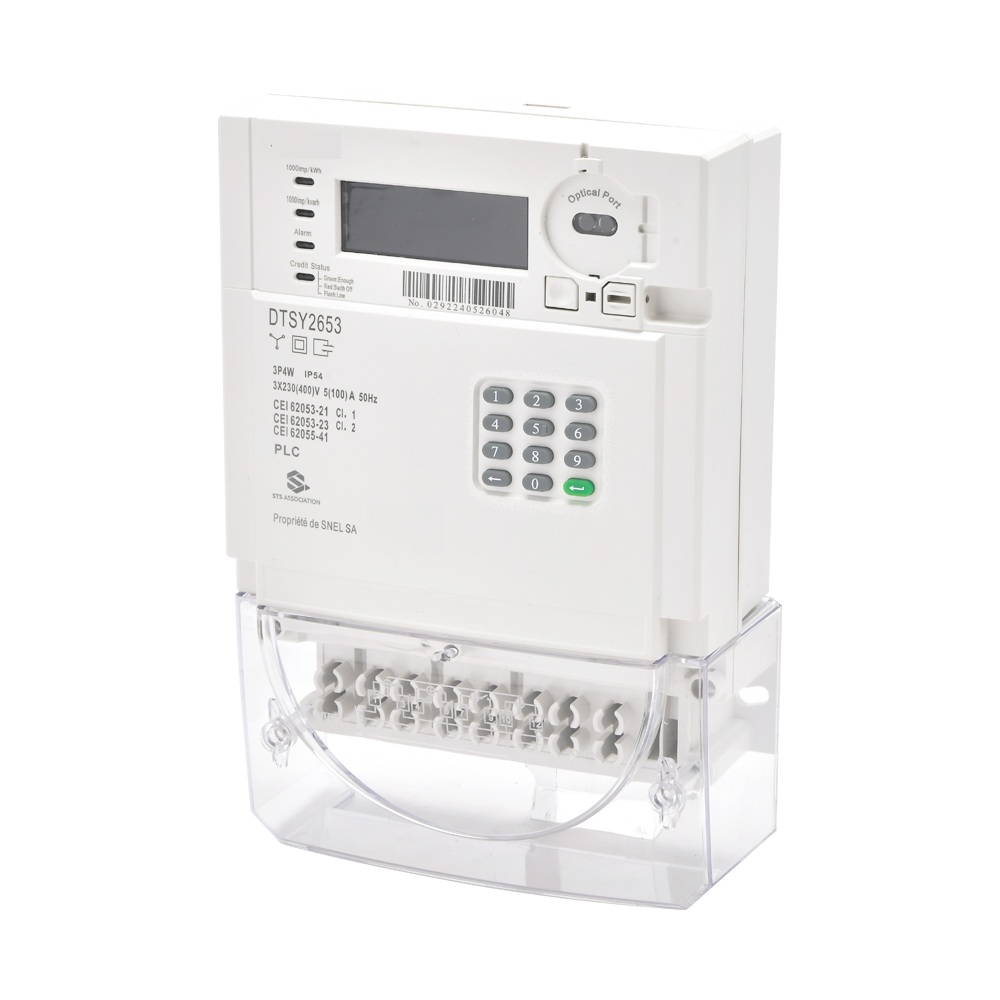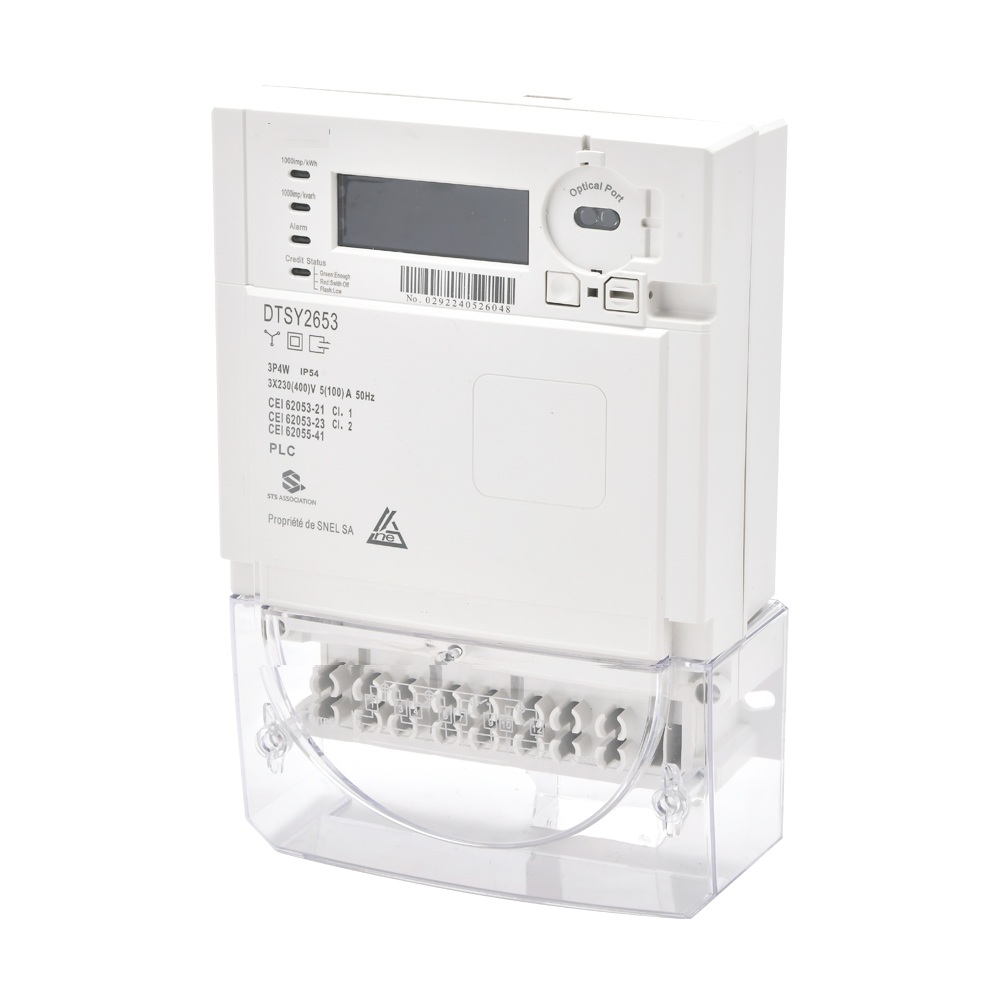How to choose the current size for a three-phase four wire electricity meter?
Publish Time: Author: Site Editor Visit: 536
1. Understand the load power
Before selecting an electricity meter, it is necessary to calculate or estimate the maximum power demand of the total electrical equipment. The calculation formula is as follows:
I=P3×U×cosϕI = \frac{P}{\sqrt{3} \times U \times \cos\phi}I=3×U×cosϕP
III: Three phase current (A)
PPP: Total Power (W)
UUU: Line voltage (usually 380V)
Cos ϕ \ cos \ phicos ϕ: Power factor (usually taken as 0.8~0.9)
Example: If the total power of the electrical equipment is 50kW and the power factor is 0.9, then:
I=500003×380×0.9≈84.7AI = \frac{50000}{\sqrt{3} \times 380 \times 0.9} \approx 84.7AI=3×380×0.950000≈84.7A
We need to choose an electricity meter of around 100A.
2. Determine the rated current of the electricity meter
Three phase four wire electric meters usually have the following common specifications:
Direct access type (suitable for low-power consumption):
Common rated currents: 5 (20) A, 10 (40) A, 15 (60) A, 20 (80) A, 30 (100) A
Applicable scenarios: Total current ≤ 100A (generally used for small commercial and residential users)
Connection method: directly connected to the line without the need for an external current transformer
Transformer access type (suitable for high-power consumption):
Common magnifications: 3 × 1.5 (6) A, 3 × 5 (20) A, 3 × 10 (40) A
Applicable scenarios: Total current>100A (factories, enterprises, large merchants)
Connection method: It needs to be used in conjunction with a current transformer (CT), for example:
100/5A transformer (suitable for up to 100A)
200/5A transformer (suitable for up to 200A)
400/5A transformer (suitable for up to 400A)
3. Consider safety margin
When selecting an electricity meter, it is recommended to choose a current greater than 1.2 times the maximum calculated current to avoid overloading the meter due to prolonged high load operation.
If a current transformer type is selected, the transformer ratio should be as close as possible to the maximum load current, but with a certain margin.
4. Reference electricity category
Residents and small businesses (<80A): Choose direct access meters such as 5 (20) A, 10 (40) A, 15 (60) A, etc
Small and medium-sized enterprises (80A~200A): choose 20 (80) A, 30 (100) A direct access type or 100/5A transformer
Large industrial users (>200A): choose transformer connected electric meters, such as 200/5A, 400/5A, 800/5A, etc
5. Verify the specifications of the electricity meter
Nominal current: such as 5 (60) A, representing a basic current of 5A and a maximum current of 60A
Voltage level: generally 3 × 220/380V
Accuracy level: Generally choose 1.0 or 0.5S level, and industrial users are recommended to choose higher precision meters
summary
Below 100A: Direct access meter (such as 10 (40) A, 20 (80) A)
Above 100A: requires the use of current transformers (such as 100/5A, 200/5A)
Total power=1.732 × 380V × total current × power factor, then select the appropriate meter current specification.
If you have specific electricity needs, I can recommend more accurate specifications for you!



